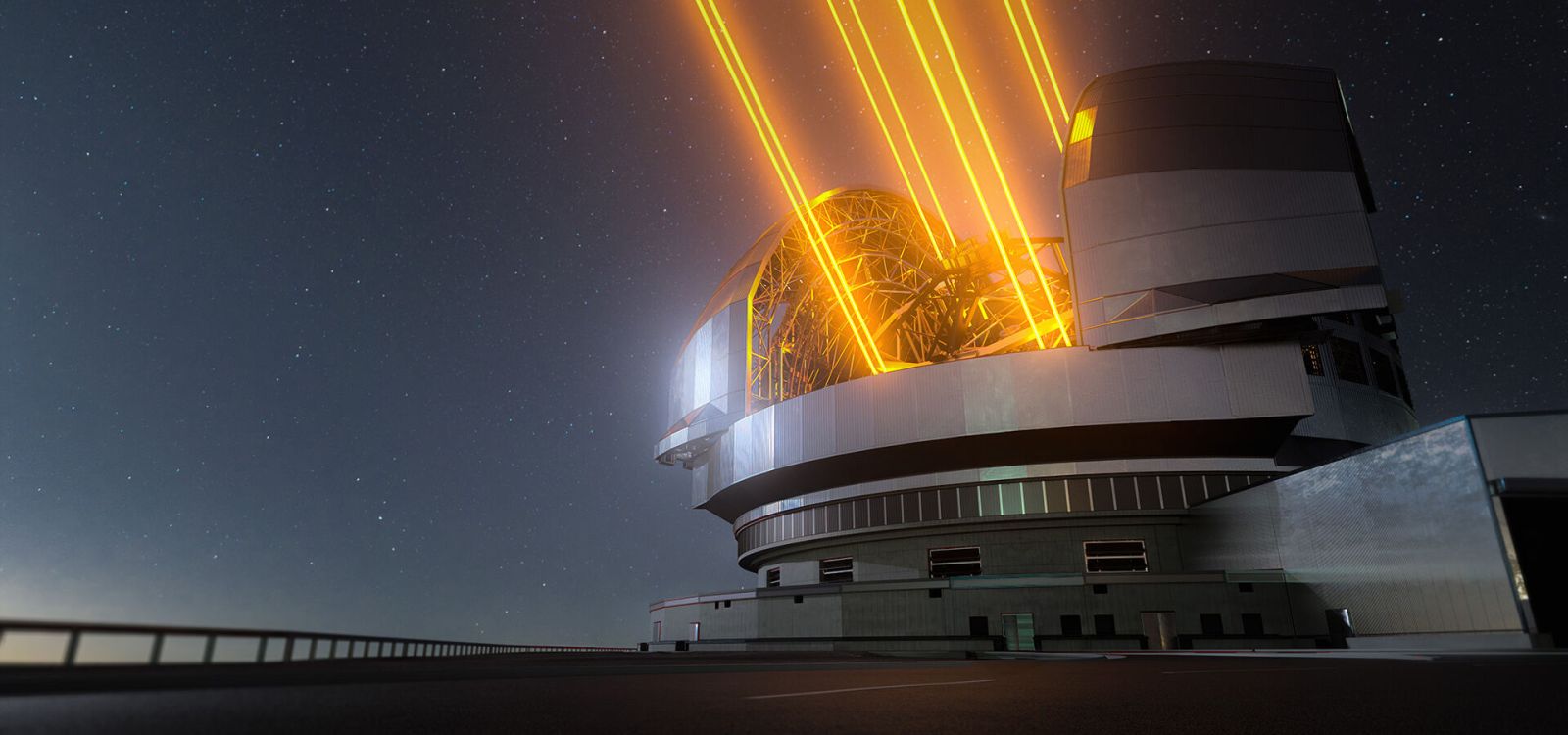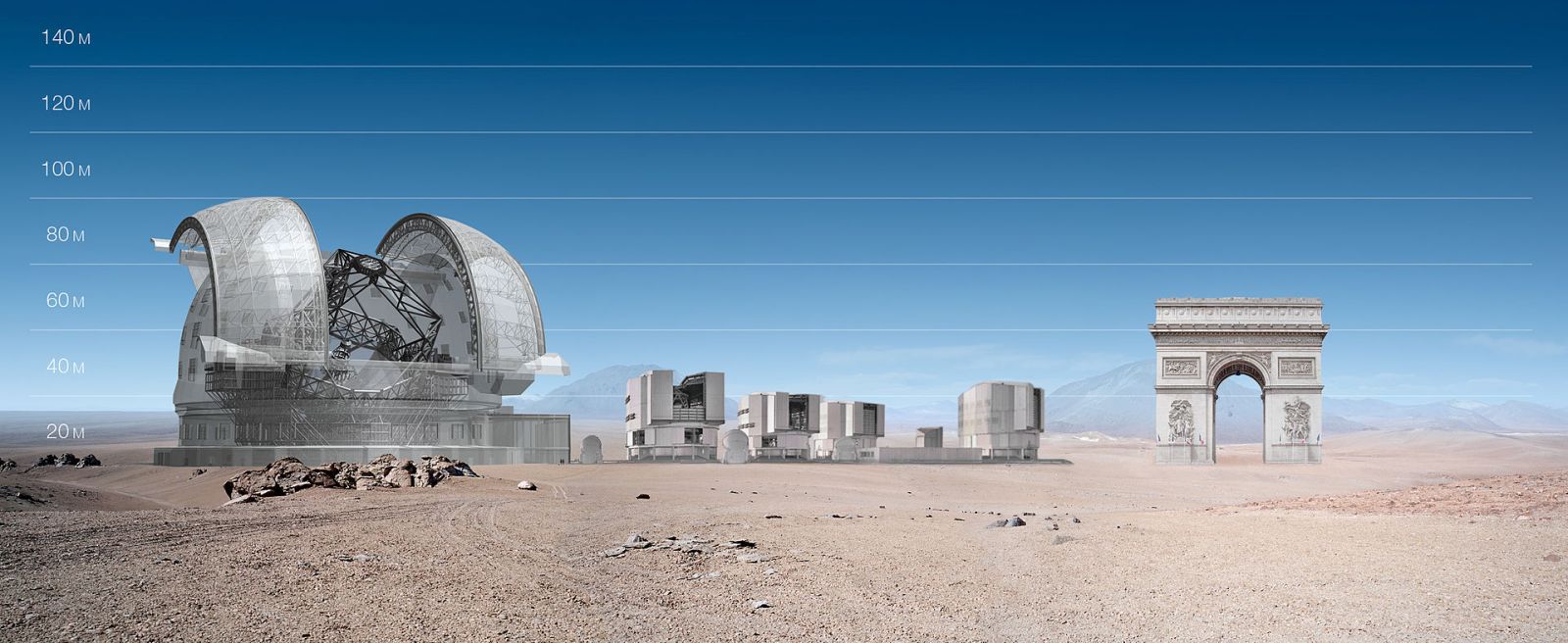This Giant European Telescope Will Soon Be Able to "See" Life on Other Planets
Follow us on Google News (click on ☆)

The future ELT.
Image ESO
Astronomers use various methods to study these distant worlds, including transit spectroscopy, which analyzes the light filtering through a planet's atmosphere as it passes in front of its star. This technique has detected traces of methane and carbon dioxide in the atmosphere of the exoplanet K2-18b thanks to the James Webb Space Telescope (JWST). However, this method can only characterize a fraction of exoplanets, those that transit in an observable manner in front of their star.
To overcome this limitation, astronomers are turning towards direct imaging, capable of revealing details on exoplanets that do not transit or escape our detection. This technique, however, requires telescopes of exceptional power to distinguish the faint planetary signals against the cosmic data background.
Three future giant ground telescopes, including the 128-feet (39 meters) Extremely Large Telescope (ELT) currently under construction (inauguration in 2027), promise to revolutionize this approach by offering unprecedented capabilities for the direct imaging of exoplanets. Located in the Atacama Desert in Chile, the ELT along with its counterparts such as the Giant Magellan Telescope (GMT), are preparing to provide detailed observations of exoplanetary atmospheres, searching for biosignatures like molecular oxygen, carbon dioxide, methane, and water.

The Paris Arc de Triomphe fits under the dome of the ELT. In the center, the current Very Large Telescope (VLT).
Image Wikimedia
A simulation by researchers at Ohio State University tested the ELT's performance on 10 real exoplanets, revealing that some, like GJ 887b, are particularly amenable to this method. METIS, one of the ELT's instruments, proved capable of detecting significant biosignatures. However, challenges remain, notably for imaging the seven planets in the TRAPPIST-1 system, where Earth's atmospheric limitations hinder the resolution of critical angular separations.
These findings, while promising, underscore the necessary complementarity between space and ground telescopes to unveil the complexity of exoplanetary atmospheres. As the JWST continues to explore the far reaches of our Universe, the forthcoming observations from the ELT and its terrestrial counterparts mark a giant leap in our quest to discover habitable worlds beyond our own solar system.